A Compendium of Credentialing
From badge design to the future of recognition in networks

We’ve written a lot about Open Badges, Verifiable Credentials, and Open Recognition over the years. During a recent conversation, we realised there wasn’t an up-to-date place to point people towards which gives a summary. Anne wrote a great overview back in 2022, but a lot has changed since then!
This post is broken down into sections and doesn’t include everything we’ve written on these topics, so feel free to dive into the archives. If you would like assistance with any of this, get in touch!

Introductory posts
These posts give an overview of platforms to get started with Open Badges, some of the latest changes to the specification, as well as how Verifiable Credentials can be used in practice.
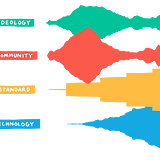
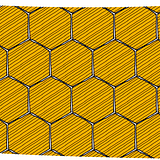
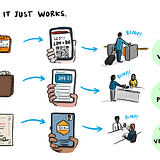

Badge System Design
It’s rare for badges and credentials to exist in a vacuum, so designing a system around them is important. These posts cover some of the things you may want to consider when approaching badge system design.
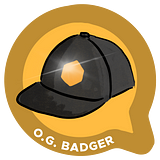
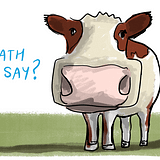
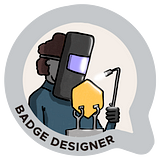

Open Recognition
Meeting people where they’re at and helping them identify the knowledge, skills, and behaviours that make them unique is much more interesting than giving people more hoops to jump through.
Understanding Open Recognition
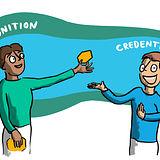
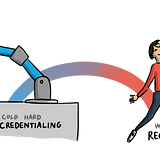
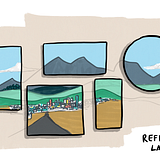
Getting started with Open Recognition
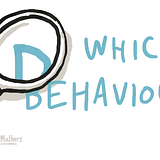
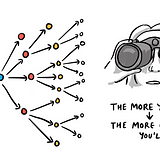
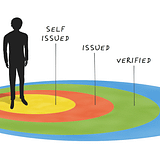
Looking to the future of Open Recognition
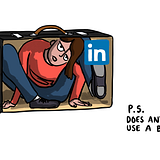
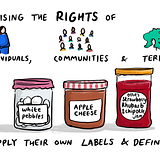
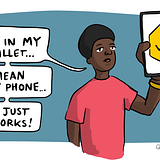

Experimental Stuff
These posts don’t fit neatly into the other sections but we think they’re important in terms of understanding the possibilities of badges and credentials, especially in terms of community work.
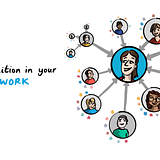
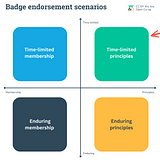
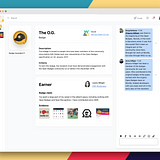

History and Advocacy
Whether you’re new to Open Badges and Verifiable Credentials or not, knowing the original vision around equity and opportunity is important to understand their potential.
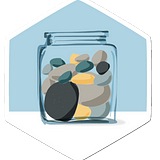
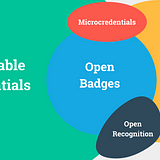
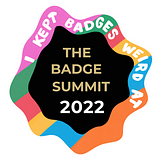
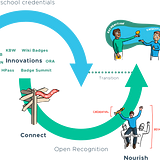
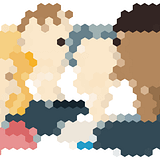

As we said at the top of this post, we’re happy to help! So if you’ve got a cool idea that you’d like us to sense check, just get in touch :)
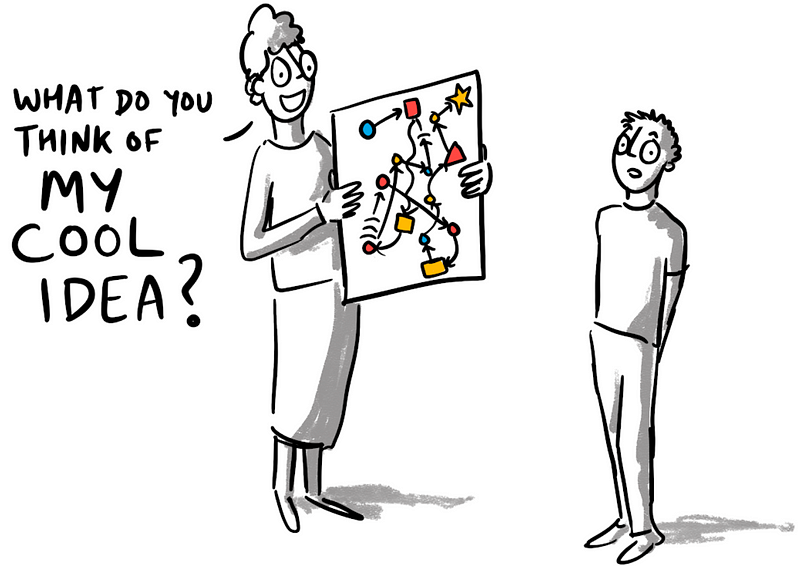
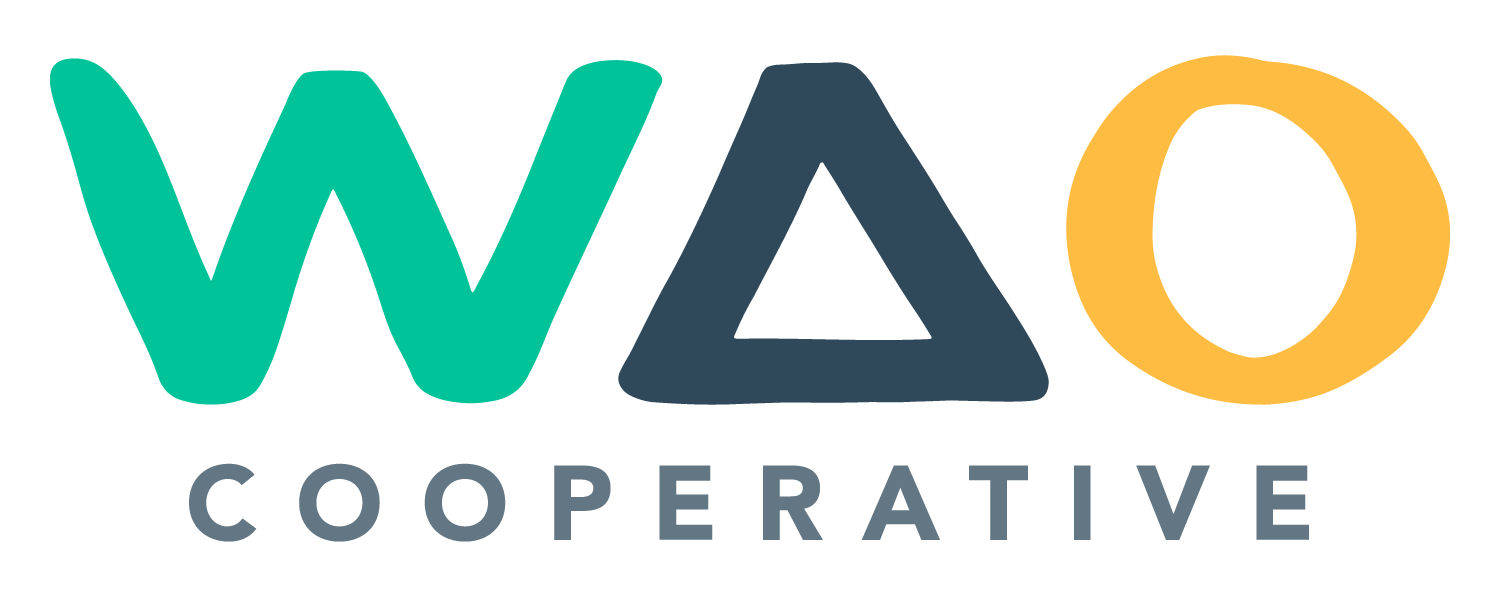
Discussion